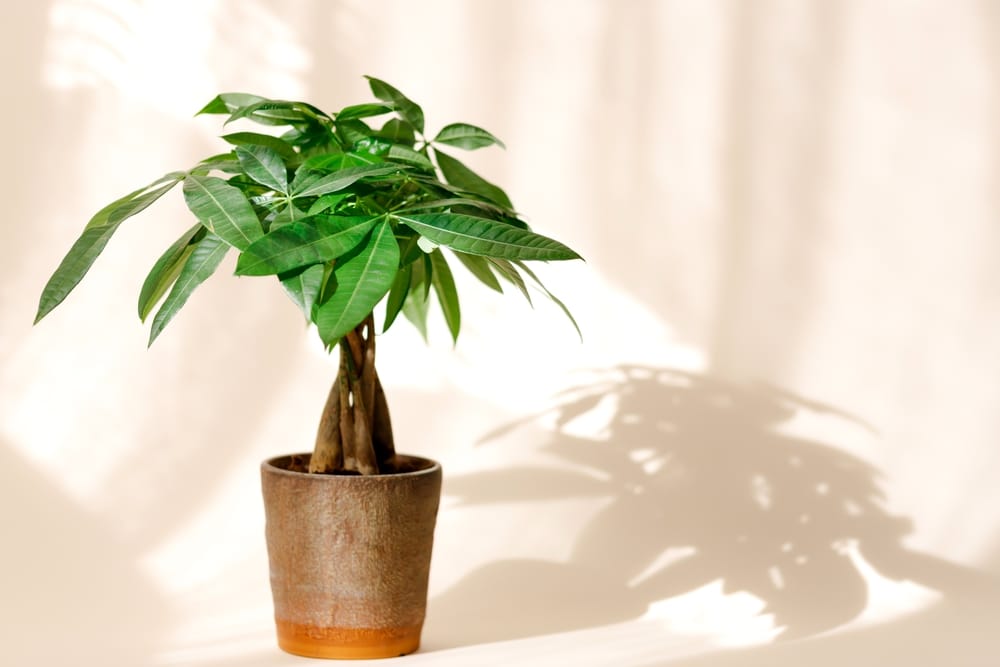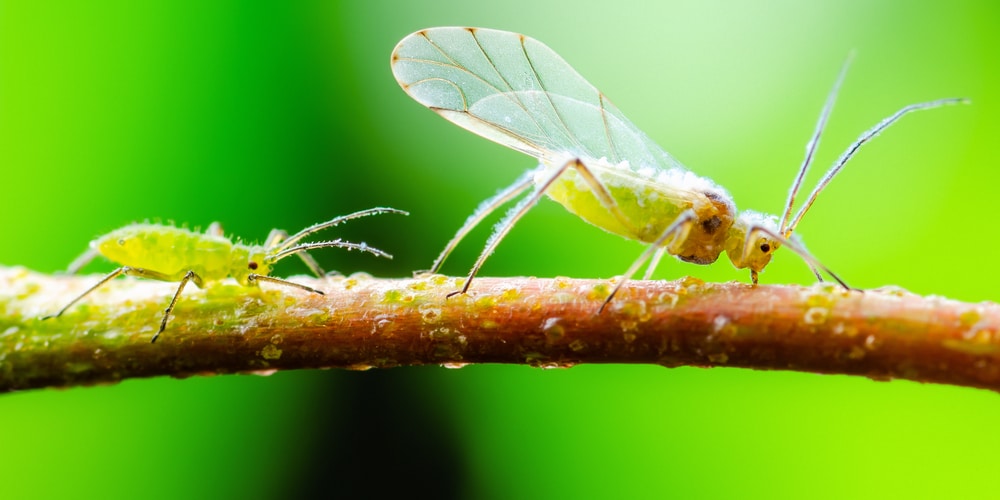Money trees are gorgeous tropical plants (native to Mexico and South America) that many people choose to grow as houseplants. They are excellent ways to add a touch of greenery to your spaces. And their unique-looking braided trunks and lush foliage can help you spice up any corner of your house. But the best part about them is that they are relatively easy to grow if you know what they need. However, things do not always go the way you plan them. And money tree leaves turning yellow is a common concern which affects the appeal of your plant.
But don’t worry! This issue is quite common (and you can solve it if you identify its root cause) and not as challenging to fix as you might imagine. We collected all you must know on the subject in this essential guide! Keep reading if you need to learn more about money tree leaves turning yellow and what you can do to reverse the issue!
Why Are The Leaves on Your Money Tree Turning Yellow?
Following an inappropriate watering schedule is one of the most common reasons for leaves on a money tree turning yellow. And because most gardeners grow this tree as a houseplant, learning your plant’s needs in terms of moisture and recreating the ideal growing conditions for it to thrive are crucial for the health of this plant. Here is a list of problems you must know when your plant’s leaves turn yellow.
Overwatering
Overwatering is one of the most common issues with houseplants. That’s because potted plants might require nutrients and water with more or less regularity than those outdoors. Despite sounding counterproductive, overwatering your money tree can cause it not to absorb moisture anymore, which results in yellow leaves.
Usually, the leaves on the lower parts of the stem will be the first to show the symptoms that too much moisture causes to the plants. Also, overwatering can lead to root rotting: if your plant releases an unpleasant odor, you might have to move it to a new container (and potting mix) and treat your money tree with a suitable fungicide.
If you suspect you are giving too much water to your plant, don’t worry: you can still save it. Stop watering your plant and wait for the soil to dry before adding extra moisture.
Too Little Water
Preventing overwatering doesn’t mean you shouldn’t water your plant. Indeed, too little moisture can cause severe issues to your money tree health. It will lead to yellowing and make its leaves dry and crispy. You’ll notice you need to add moisture to your plant by looking at the soil: if it is crumbly, light, and not wet, you need to water your plant.
If you live in a hot region where the climate isn’t humid, you’ll have to increase the watering frequency. Of course, you shouldn’t leave your plant soaking in water. With more moisture, your plant will recover in a couple of weeks and revert to its natural green foliage.
Inadequate Soil
Picking the proper soil for your houseplant is crucial for its health. Indeed, it will determine your money tree’s ability to retain water (or soak it up). Not having adequate drainage can cause plenty of issues whose first symptoms are the yellowing of your plant’s leaves. More severe cases can involve fungal infections, which may kill your money tree.
Consider adding pebbles or sand if your potting mix isn’t good for your plant. They will increase drainage and minimize the risk of root rotting. Also, don’t forget to choose a container with suitable drainage holes for your money tree.
Overfertilization
Another cause of the yellowing of a money tree plant is the application of too much fertilizer. Money trees are not heavy feeders and don’t need regular fertilization, which might cause them to burn. If you notice your plant’s leaves developing brown edges after fertilizing it, you can expect them to turn yellow and eventually fall.
Luckily, you can revert this situation by deeply watering your plant. Doing so (provided that you use suitable soil) will help flush away nutrients and salts your plant can’t absorb. Also, remember not to fertilize your plant more than once a month during the growing season. In the winter, you should suspend the application of any treatment.
Other Causes
Besides those described above, your money tree might get yellow due to excessive exposure to the sun, attacks from pests, and inadequate temperatures. Avoid leaving your plant under the direct sun and take prompt action if you notice bugs around it.

